Treading on sacred ground: Trump’s visit venues are imbued with history, controversy
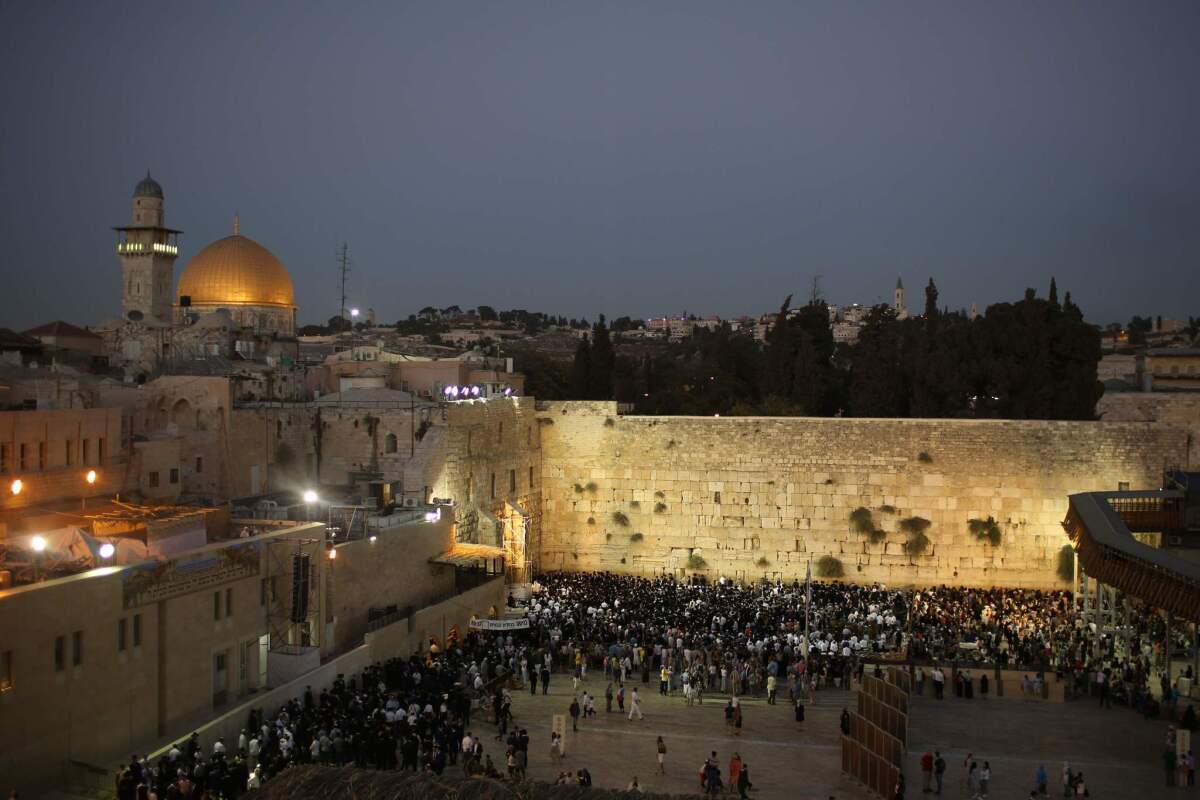
- Share via
Reporting from Jerusalem — Here, the stones can speak.
Perhaps nowhere else are the passions of the Israeli-Palestinian divide as plainly visible as in Jerusalem, the holy city both sides claim as their capital. With this visit, the second stop on his inaugural overseas trip as president, Donald Trump is treading on sacred ground.
The U.S. president has said he believes he can help clinch what he calls the ultimate deal: Mideast peace. It remains to be seen whether that elusive goal can be achieved, but many of the stops on Trump’s two-day sojourn in Israel and the West Bank are redolent of history, faith — and conflict.
Here is a look at his major stops.
The Western Wall
The retaining wall of the Second Temple, made up of enormous, pale-yellow limestone slabs, is central to Jewish prayer and devotion. It lies beside and below the raised plateau known to Jews as the Temple Mount and to Muslims as Haram al Sharif, or the Noble Sanctuary. Between Israel’s war for independence in 1948, when Jordan seized control of Jerusalem’s Old City, and the Six-Day War of 1967, Jews were barred from praying at the wall, known in Hebrew as the Kotel. Today, worshipers from around the world tuck notes and prayers between the stones, as Trump — paying the first visit by a sitting U.S. president — did when he stood silently for several moments before it on Monday, wearing a Jewish skullcap as a token of respect. Under Orthodox tradition, men and women pray in separate sections. The government last year approved a plan to create an “egalitarian” prayer area for both genders, but implementation remains sharply contested.
Yad Vashem
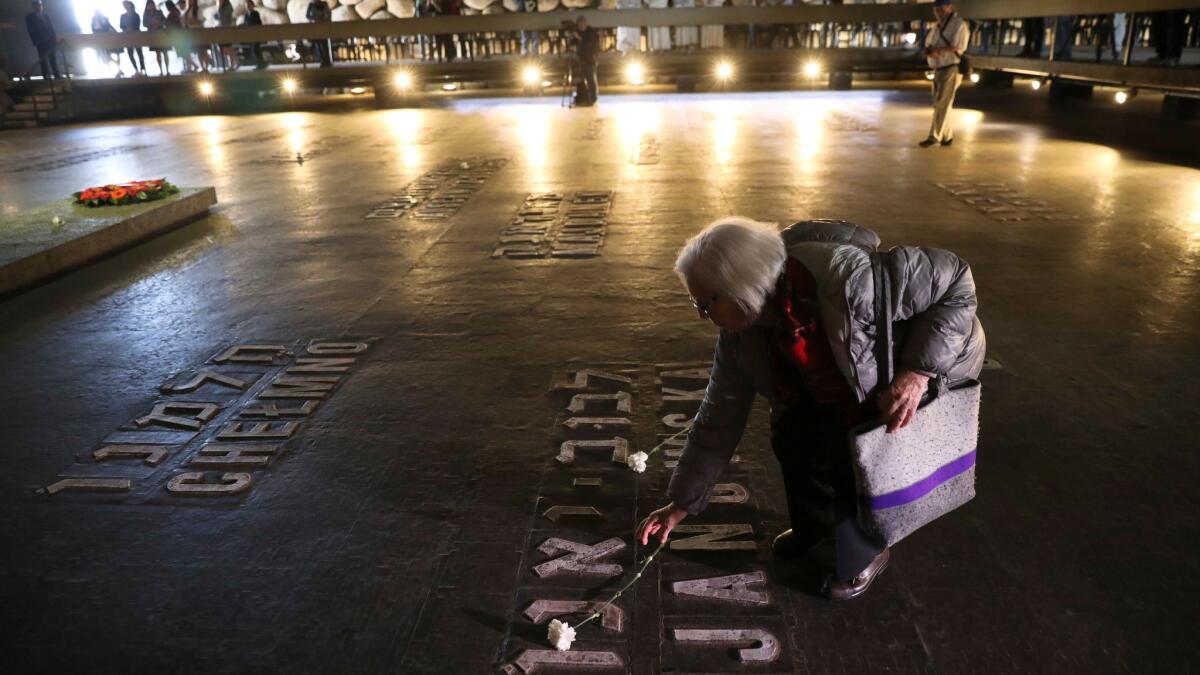
Israel’s Holocaust memorial and museum, in the forested outskirts of Jerusalem, is a wrenching reminder of the ashes from which the state arose, commemorating the 6 million Jews killed by the Nazis. The new 2005 complex, designed by architect Moshe Safdie, is an obligatory stop for almost any visiting foreign dignitary. Trump’s advance team clashed with Israeli authorities about how long the president would stay when he visits on Tuesday, with the White House seeking only a short wreath-laying and the Israelis strongly lobbying for at least a brief exploration of the museum’s vast trove of exhibits — photographs, letters, documents and poignant artifacts such as children’s drawings and an enormous heap of shoes belonging to Jews bound for the gas chambers.
Church of the Holy Sepulchre
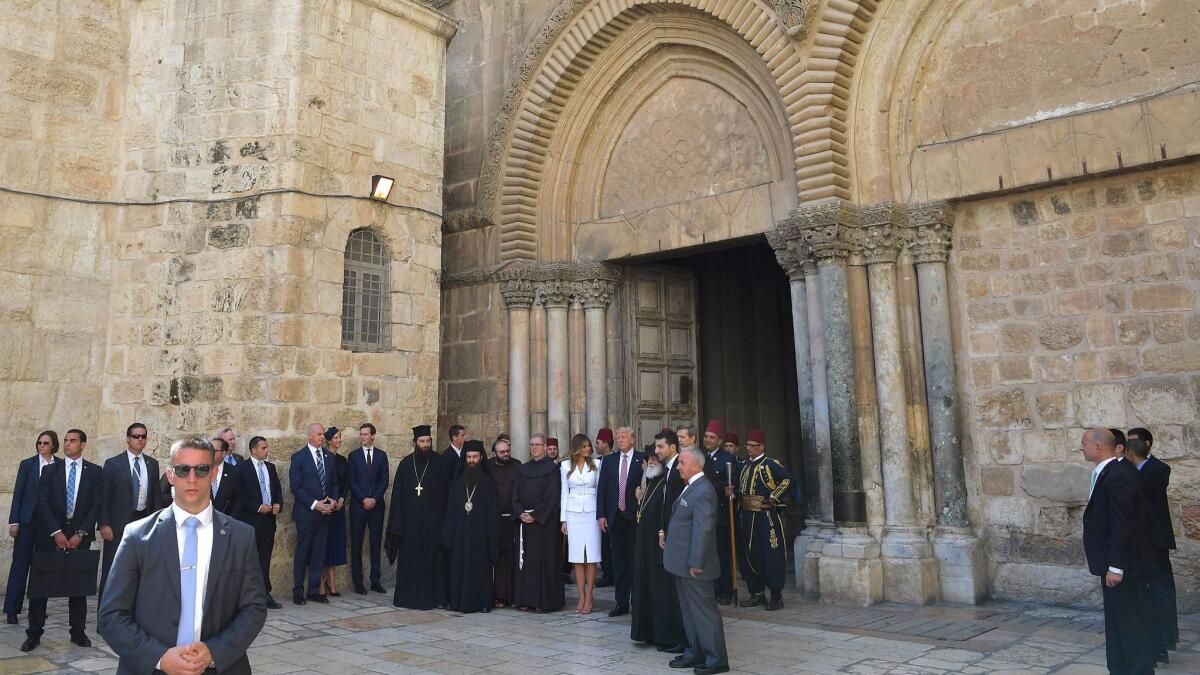
An imposing multilayered building in the middle of the Old City, the church commemorating the crucifixion, burial and resurrection of Jesus was originally built in 330 A.D. by the mother of Emperor Constantine. The traditional site of Christ’s tomb, known as the Holy Edicule, recently underwent a year-long renovation. The sprawling structure, whose official key-keepers for centuries have been a pair of Muslim Palestinian families from Jerusalem, is shared by three Christian denominations: Roman Catholic, Greek Orthodox and Armenian Orthodox. In past years, angry monks on occasion have fought turf battles with mop handles and unholy imprecations, but they cooperated on the renovation.
King David Hotel
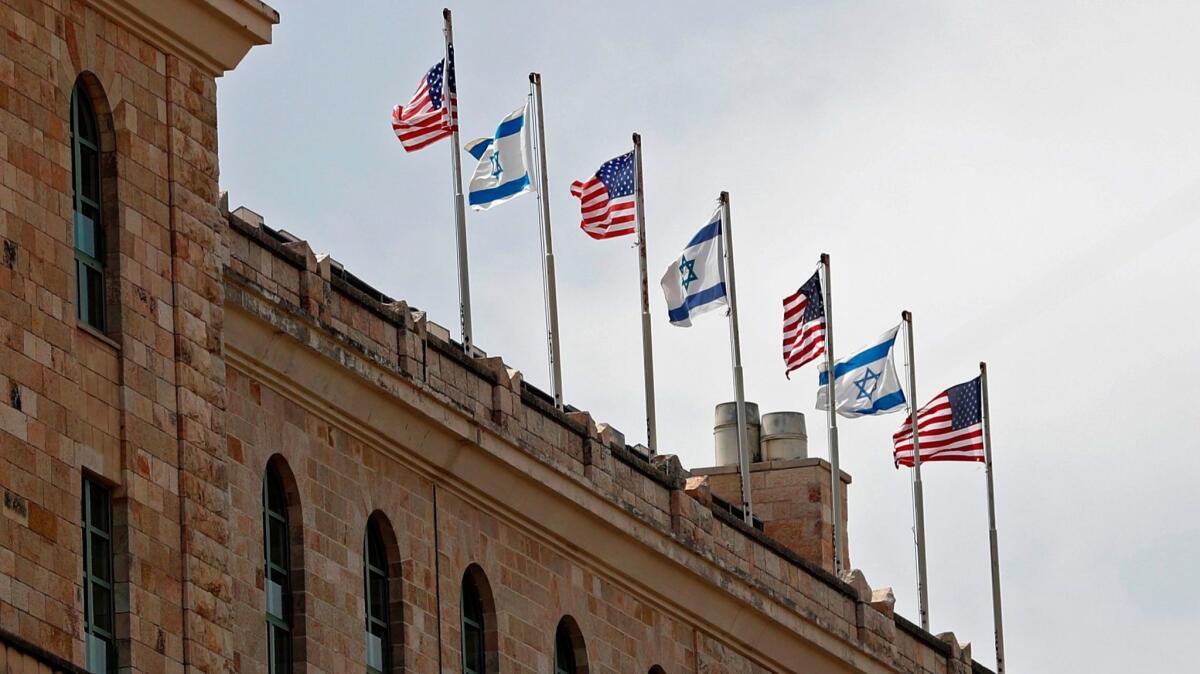
It’s no Trump Tower, but the landmark five-star hotel has its place in history. Opened in 1931 and serving as the headquarters of British Mandate authorities, it was the scene of a massive bombing on July 22, 1946, carried out by the underground Zionist paramilitary organization known as the Irgun. The attack killed more than 90 people and injured scores more. After the 1948 war, the hotel overlooked a grim no-man’s land dividing Israeli and Jordanian-controlled territory; now its terraces and manicured gardens offer views the walls of the Old City, as well as parts of traditionally Arab east Jerusalem, increasingly populated by Jewish settlers. Through the decades, the King David has hosted prime ministers, potentates and cultural royalty; for this presidential visit, Trump’s entourage has taken over all six floors, with reported security measures including sewer-patrolling robots and camera-mounted security balloons.
Prime minister’s residence
Prime Minister Benjamin Netanyahu and his wife, Sara, have weathered a long-running political scandal over the costs of operating their official residence in Jerusalem’s upscale neighborhood of Rehavia, with Israeli newspapers gleefully reporting revelations of expensive takeout meals and allegations that the first lady mistreats household staff. Sara Netanyahu pushed back in 2015 by bringing in a celebrity designer to document the residence’s defects on camera: an outdated kitchen, sticking doors, broken light fixtures and stained draperies. Nonetheless, the “modest” abode had its star turn Monday night, when the Netanyahus hosted Trump and his wife, Melania, for dinner.
Bethlehem
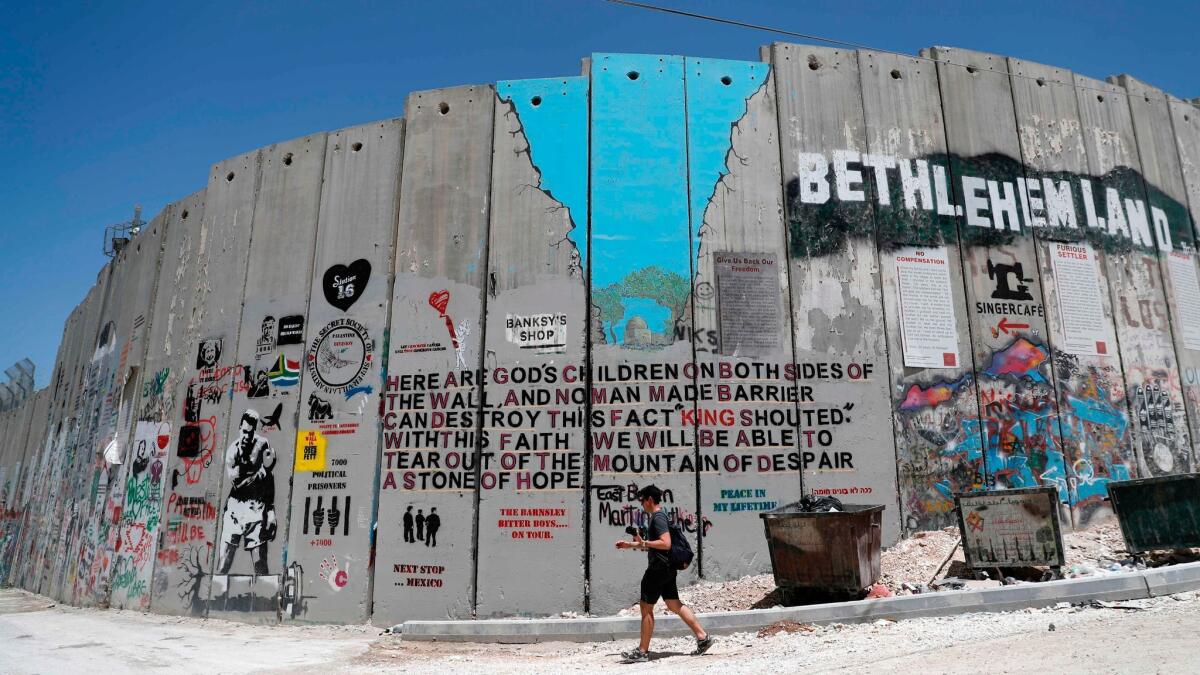
On Tuesday, Trump was to travel to the West Bank to meet with Palestinian Authority President Mahmoud Abbas, whom he met in early April at the White House. Abbas often receives foreign visitors in Ramallah, the administrative capital of the West Bank, but he has a presidential compound in Bethlehem, and the town lies almost on the outskirts of Jerusalem. Memorialized in the Christmas carol as the “little town” that is revered as the birthplace of Jesus, Bethlehem lies on the other side of Israel’s security barrier, which has often been praised by Trump as a wall that works. The British street artist Banksy has used the Bethlehem stretch of the barrier as a concrete canvas for works for more than a decade, and this year he opened a combination gallery-hotel called Walled Off.
Israel Museum
Before leaving Israel on Tuesday, Trump is to use the museum — the home of the Dead Sea Scrolls — as the backdrop for a major speech. The president was reported to have asked Israeli authorities if he could deliver his address at the ancient hilltop fortress of Masada, but the UNESCO-listed site was deemed too archaeologically fragile for a helicopter landing. Most visitors, including some past presidents, reach it by cable car.
ALSO
Trump’s message to Arab leaders: Do more to fight extremism
Trump’s speech draws mixed reaction, including plenty of anger, in the Muslim world
New U.S. Ambassador Friedman arrives, stirring hope in Israeli settlement
Special correspondent Mitnick reported from Jerusalem and Times staff writer King from Washington.
More to Read
Sign up for Essential California
The most important California stories and recommendations in your inbox every morning.
You may occasionally receive promotional content from the Los Angeles Times.










